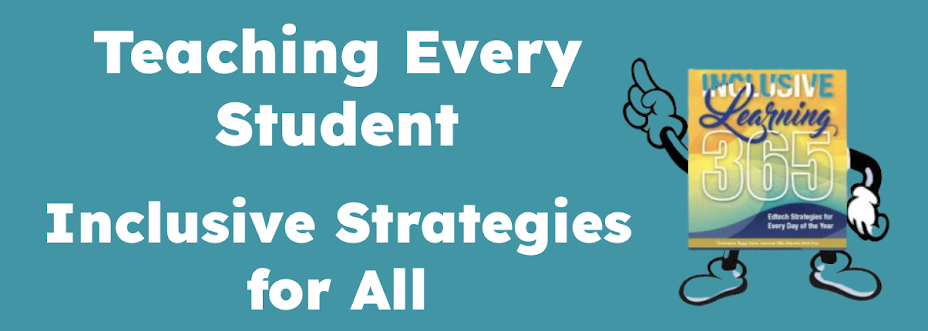
From the website:
Here's what you can do with documents:To me, this is one of the most underutilized yet powerful Web2.0 tools available. EVERY teacher who assigns collaborative projects really should be informing their students about Google Docs as well. They go hand in hand. Students' schedules are so busy, it is often difficult or impossible to schedule times for them to work together. Or, students end up emailing each other their work for review. There are inherent problems with this option.
- Upload Word documents, OpenOffice, RTF, HTML or text (or create documents from scratch).
- Use our simple WYSIWYG editor to format your documents, spell-check them, etc.
- Invite others (by e-mail address) to edit or view your documents and spreadsheets.
- Edit documents online with whomever you choose.
- View your documents' and spreadsheets' revision history and roll back to any version.
- Publish documents and spreadsheets online to the world, as Web pages or post documents to your blog.
- Download documents to your desktop as Word, OpenOffice, RTF, PDF, HTML or zip.
- Email your documents out as attachments.
So, turn to Google Docs, an online word processing tool that is accessible anywhere and editable when you are a collaborator. In addition, you can add links, graphics, bookmarks AND insert comments by name. Also, you can easily retrieve an earlier version to review changes and who made them.
This is a tool that every educator should know about. Add it to your toolbox for your own committee work or collaborative projects. It's intuitive, easy to learn and indispensable.
But more importantly, teach your students about Google Docs. They will thank you for it!
Update: Raju mentioned Zoho.com which I have blogged about in the past and which is an online office suite. Check out Zohowriter. It has more toolbar icons than Google Docs but doesn't seem to have the comment feature that Google has. At least I couldn't find it from a quick review of the product. That feature is important to me! Others may be more important to you so compare each product. They take literally seconds to set up.

